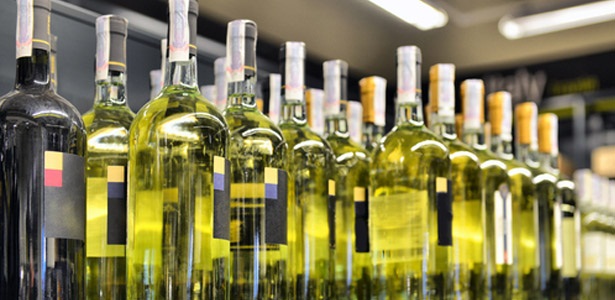As people become increasingly concerned about provenance of food, some people are questioning whether we shouldn’t be equally as bothered about accuracy of origin of our wine as well.
Miguel Chan, group sommelier for Tsogo Sun Hotels, raised this issue on his Facebook page and created a flurry of comments on the subject. His post “It still amazes me that so many wineries who use brought-in grapes /wines which don’t qualify as their generally-recognised home site / location (in another words, the wines are labelled as Wine of Origin Western Cape /Coastal Region etc) yet on the box or labels it will still say Stellenbosch!?”
What’s the problem?
The Wine of Origin laws in SA are designed to give customers an indication of provenance so that we can distinguish between, say, Sauvignons from cool-climate, coastal Darling as opposed to ones from warmer, inland Robertson for example. All the grapes have to come from the designated area used on the label and if they come from outside that area, or are a blend of different areas, then the winery has to use bigger, more generic designations such as WO Western Cape or WO South Africa.
The problem as Miguel sees it, isn’t one of people labelling their wine illegally, but rather consciously (or not) misrepresenting it to the public. If a well-known winery is in a certain region and that region is printed on the front label (as part of the winery’s address for example) or on the box the wine comes in, then customers would naturally expect that the wine comes from there as well. Whereas if they turned the bottle round and read the back label, they might realise that it has very little to do with the region they expect.
Should we care?
Well yes, we probably should in Miguel’s opinion and the opinions of many winemakers. As consumers become more aware of the different regions of South Africa and the types of wines they can produce, expectations are created as to the sorts of wines produced by the different terroirs.
Encouraging these differences and expectations is seen as an important means of explaining and understanding South African wine in terms of the styles, quality and price. For example, if a cool-climate Constantia vineyard suddenly started selling a rich, bold and butch Shiraz made from Swartland grapes but featuring the Constantia address on the front label, then this is likely to cause confusion and, as Miguel says “we already have plenty of overseas customers from Europe and the US who struggle to understand our wines so why confuse them any further?”
Why would people want to do this?
In essence, it’s all about branding and marketing and ultimately – money. For better or worse, the reality is that some areas have more cachet and desirability about them than others, some areas have greater reputations for certain varieties and when it comes down to it, a lot of wineries WANT to associate their second label wines with their more prestigious first label or estate wines even if the grapes come from somewhere totally different – it’s really in their interests to let this confusion continue!
What can be done?
According to the law – very little. As long as a location is part of the normal branding of a winery, it can be used on a bottle of wine, despite the wine itself not coming from there. In the same way, a wine box can use the address of the winery even if the contents are labelled as coming from anywhere other than that particular region or district.
All that is left for consumers is to vote with their wallets and attempt to persuade wineries that clearer labelling and packaging is actually in everyone’s interest and until this happens, they will buy wines which do make a clear distinction between ones grown on the farm and those grown thousands of kilometres away.
What do you think? Is this a serious problem? Do you expect your wines to come from certain areas and would it make a difference to you if you discovered that they didn’t? Tell us below.

